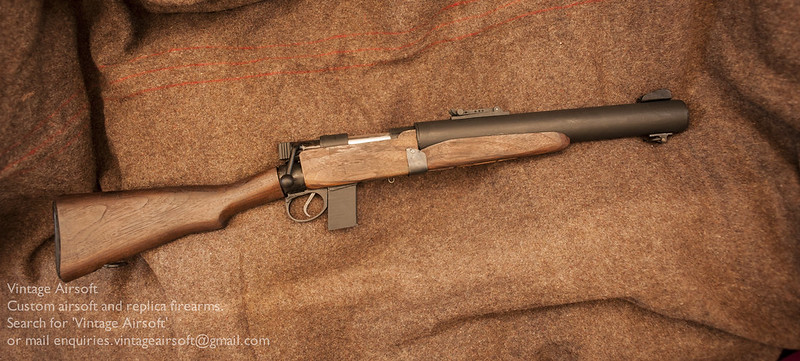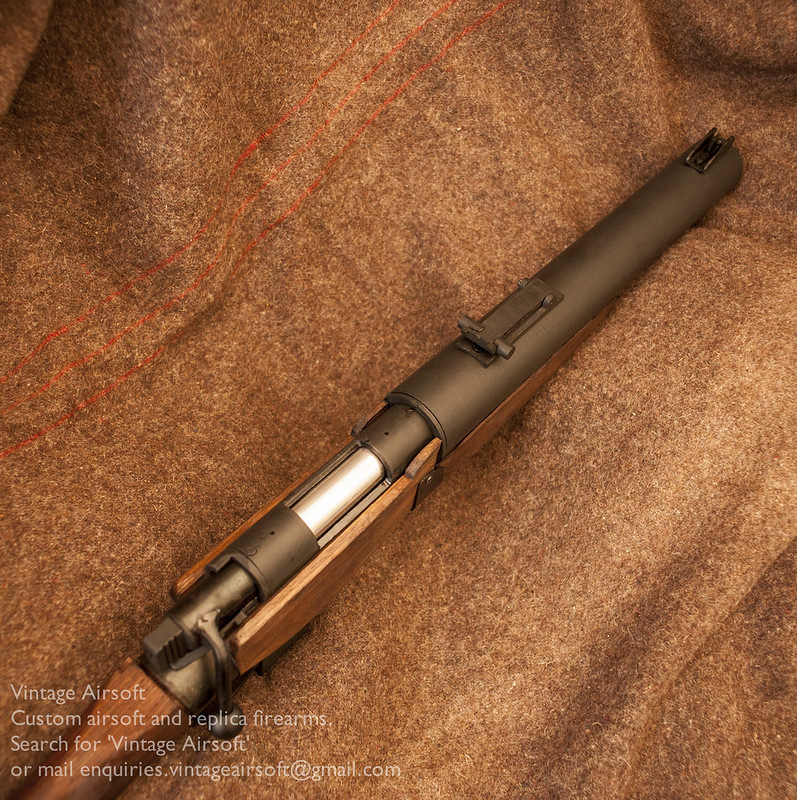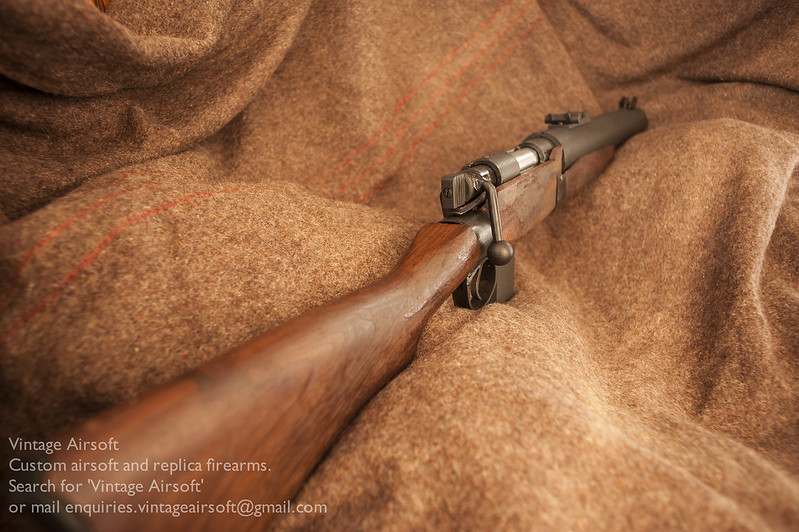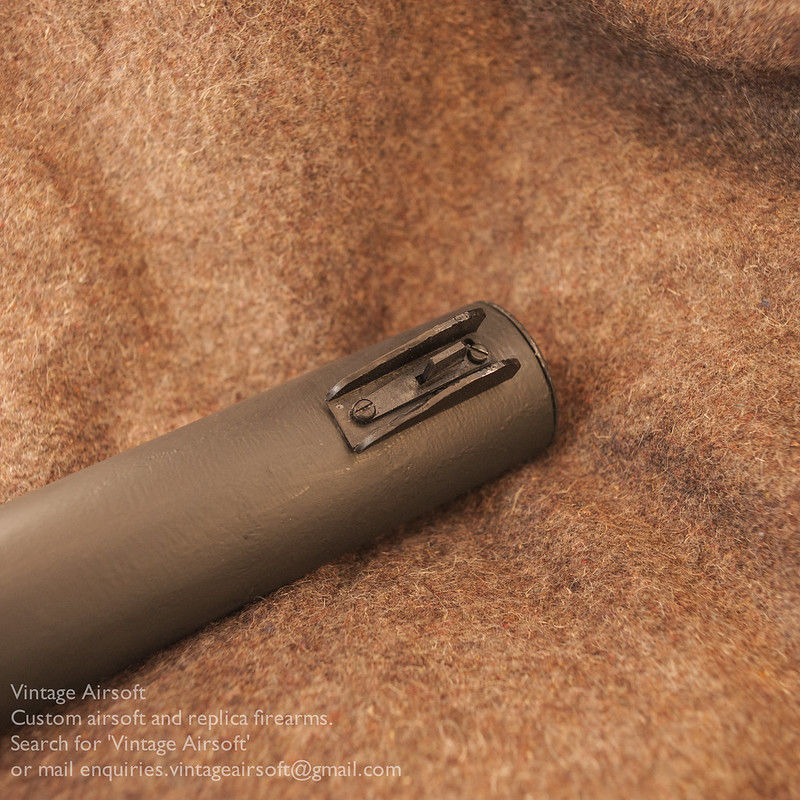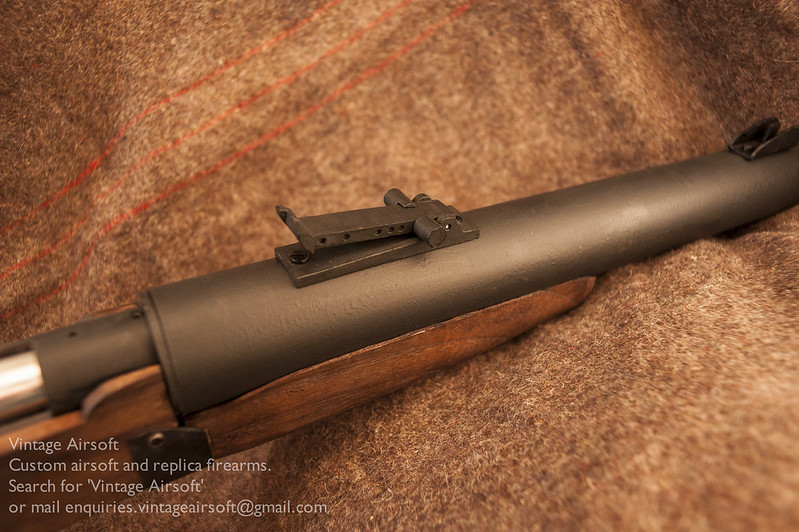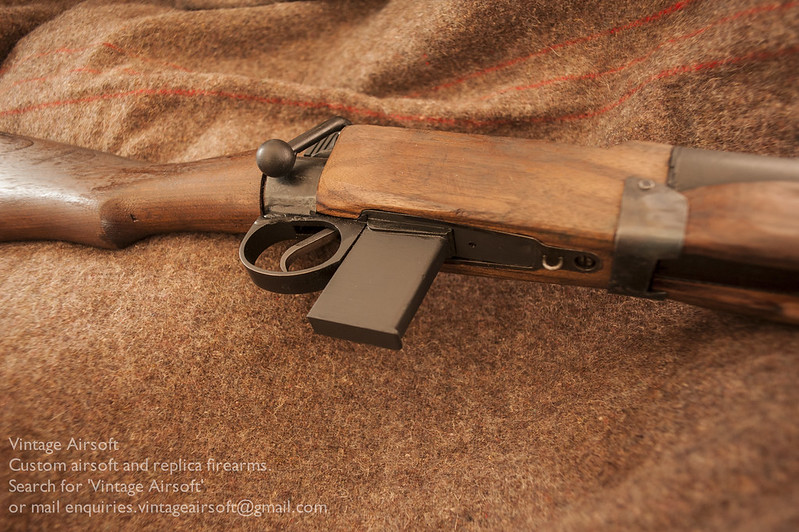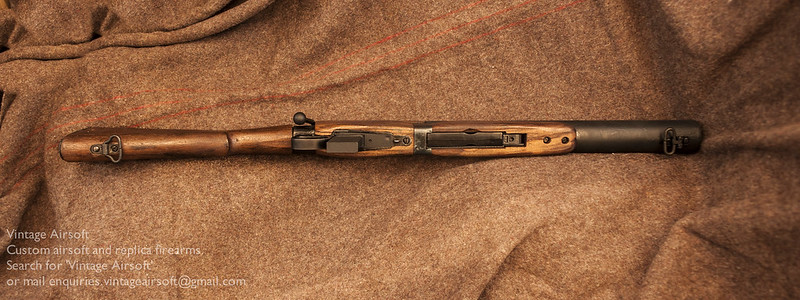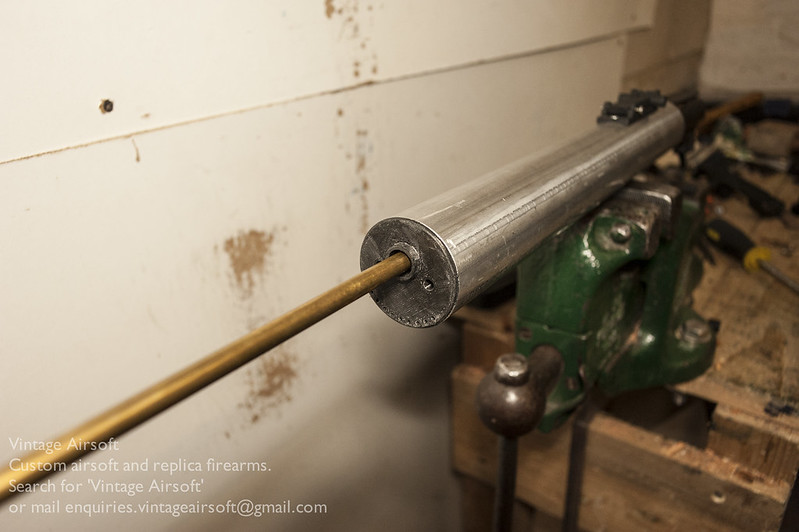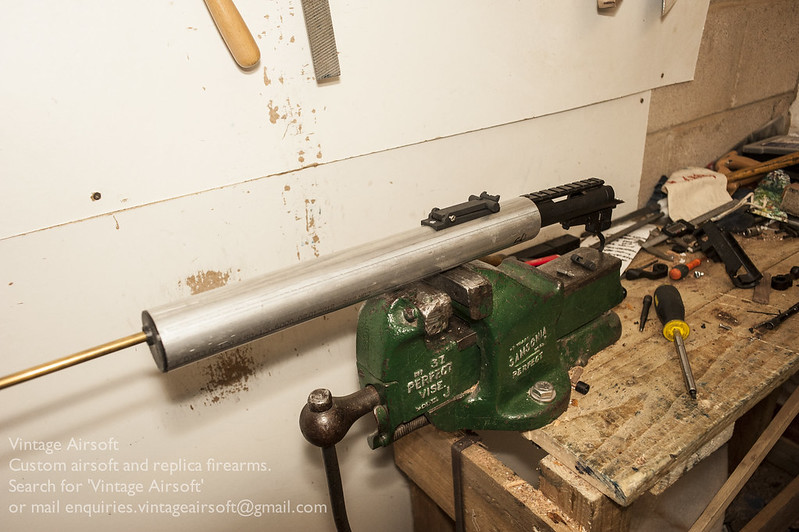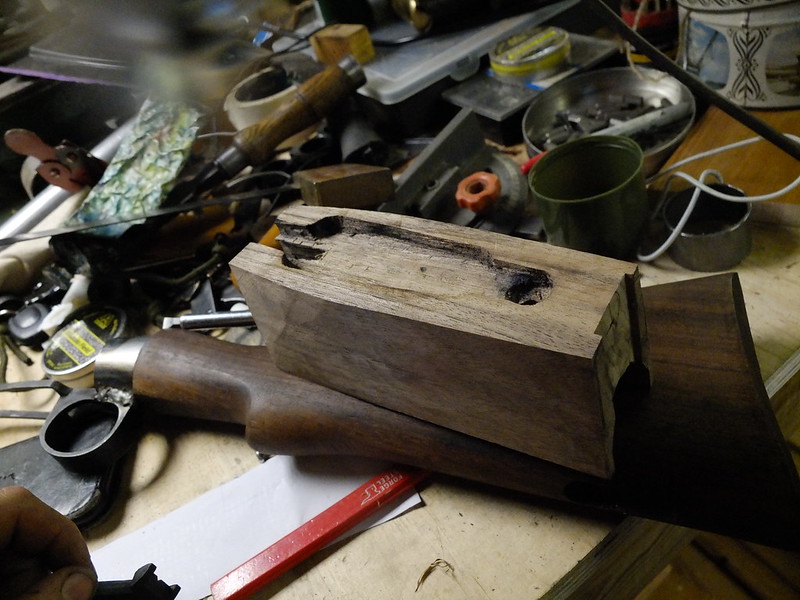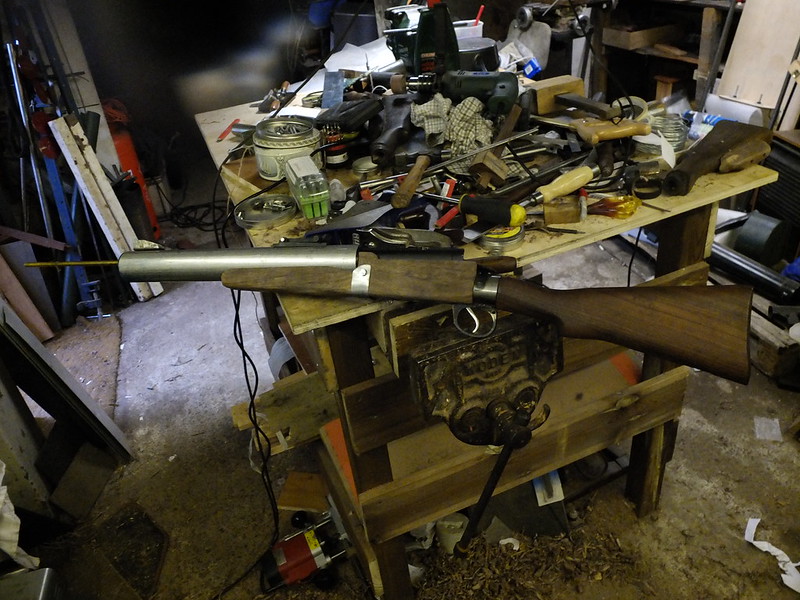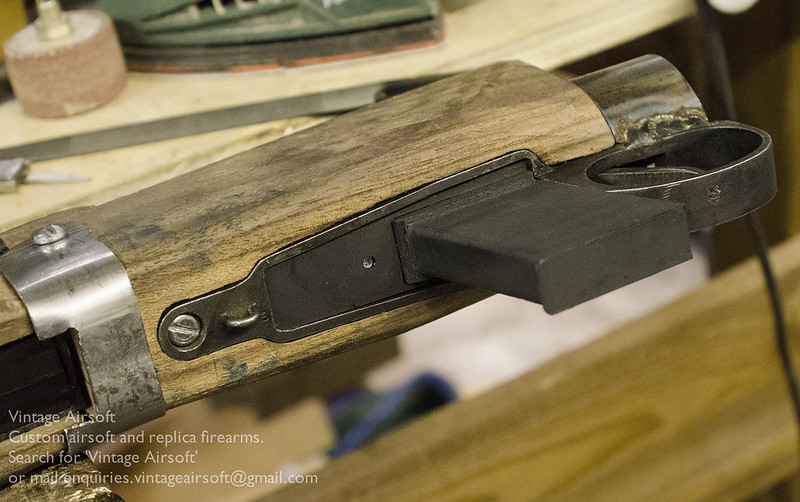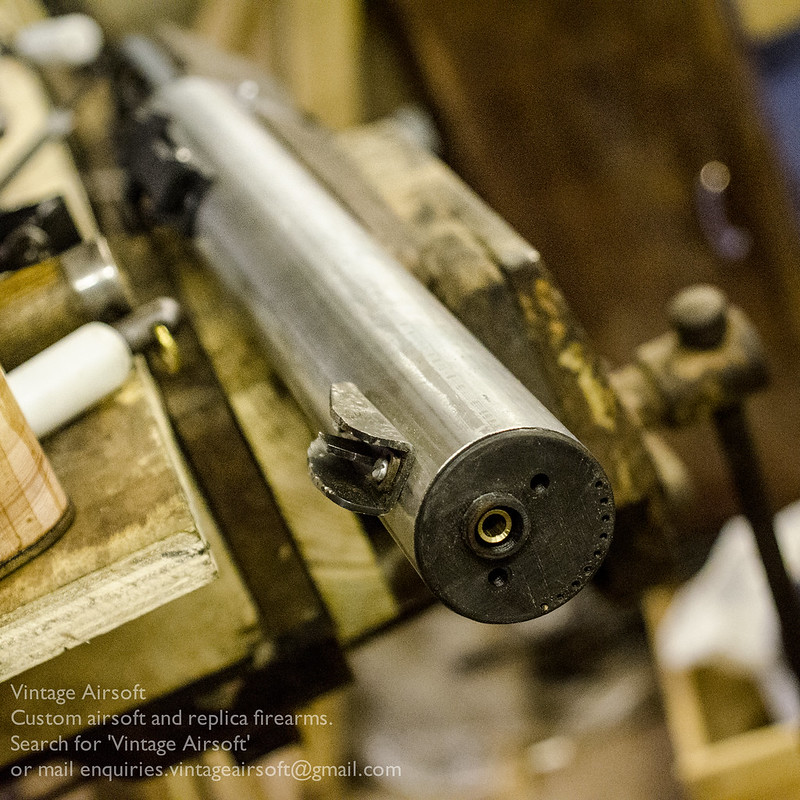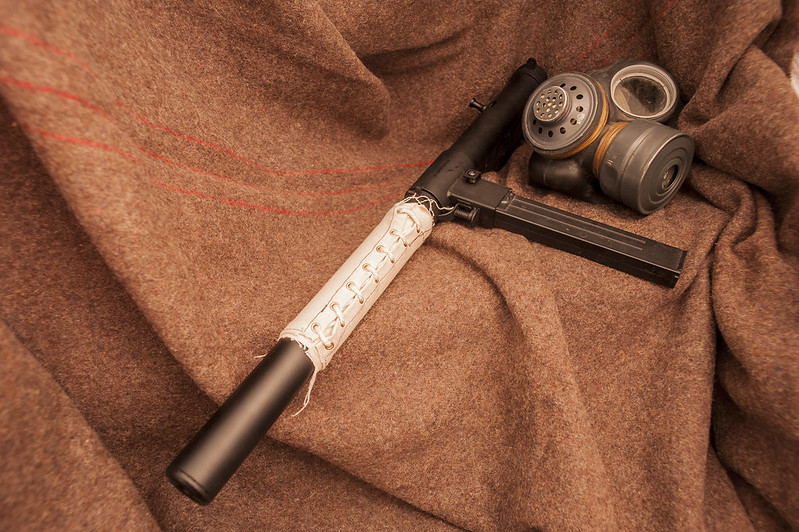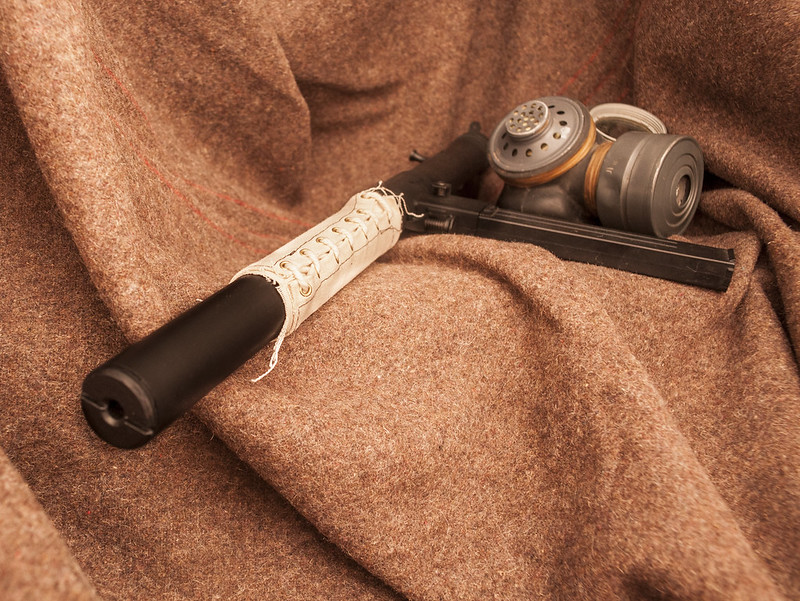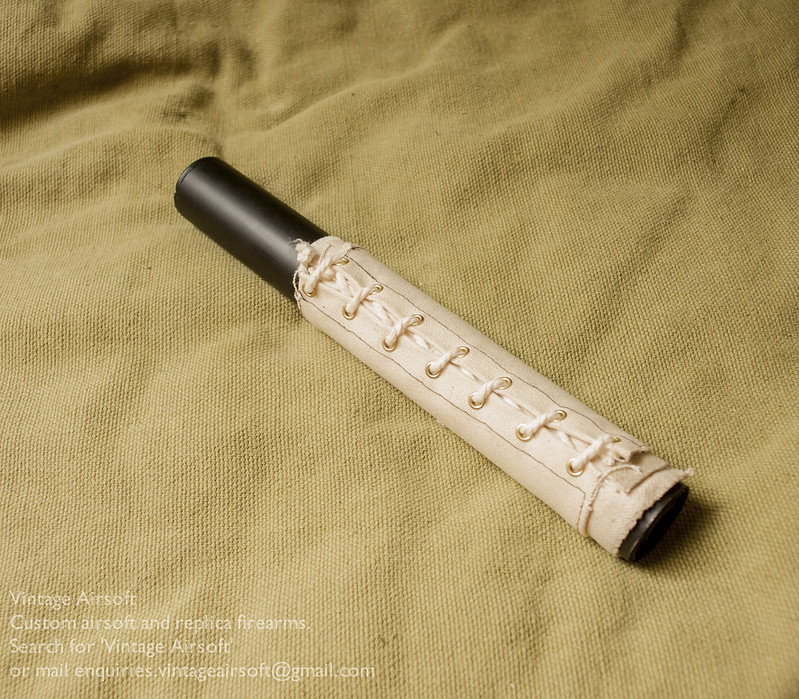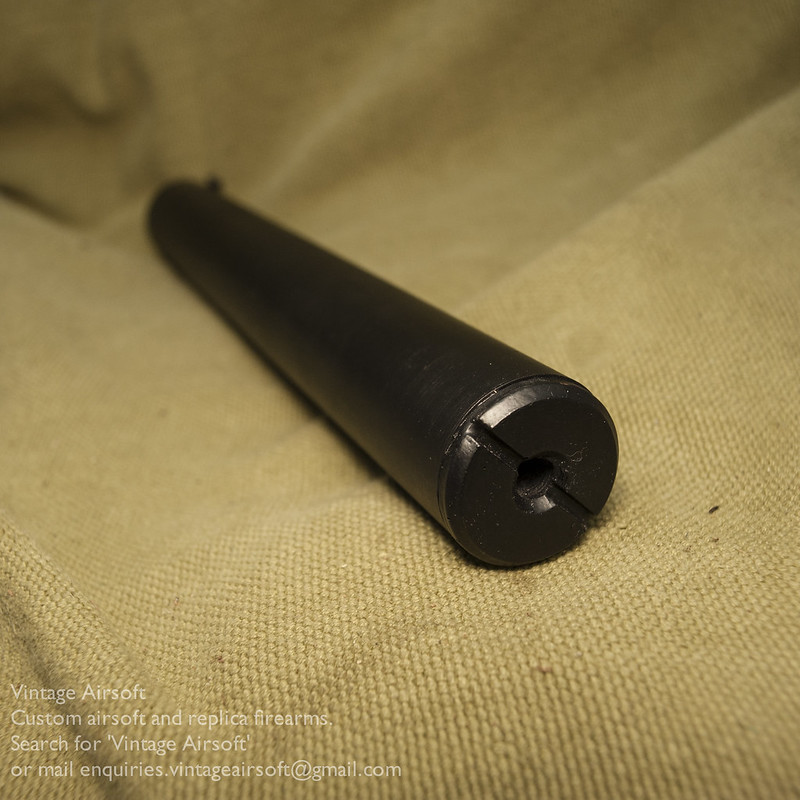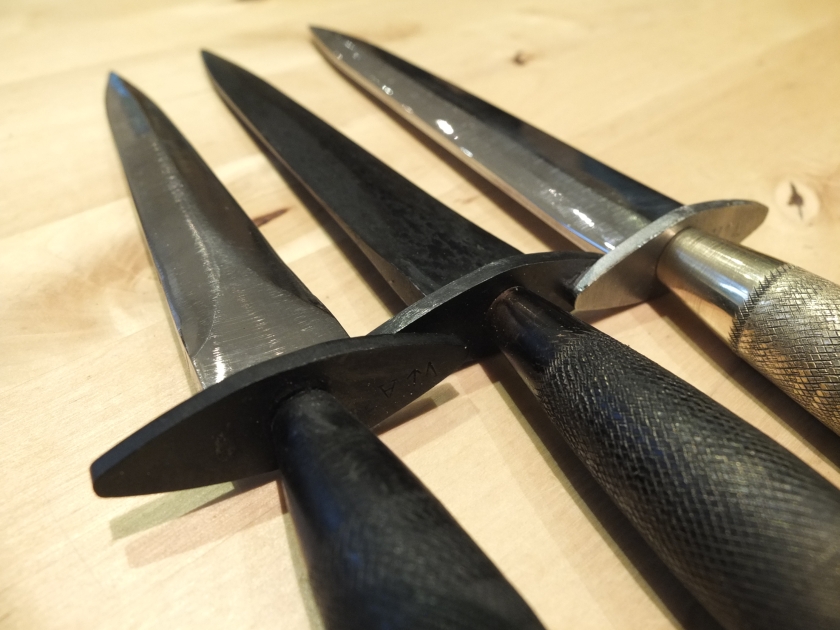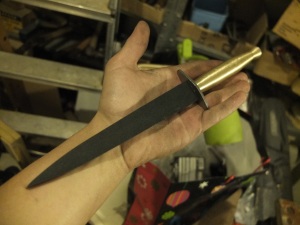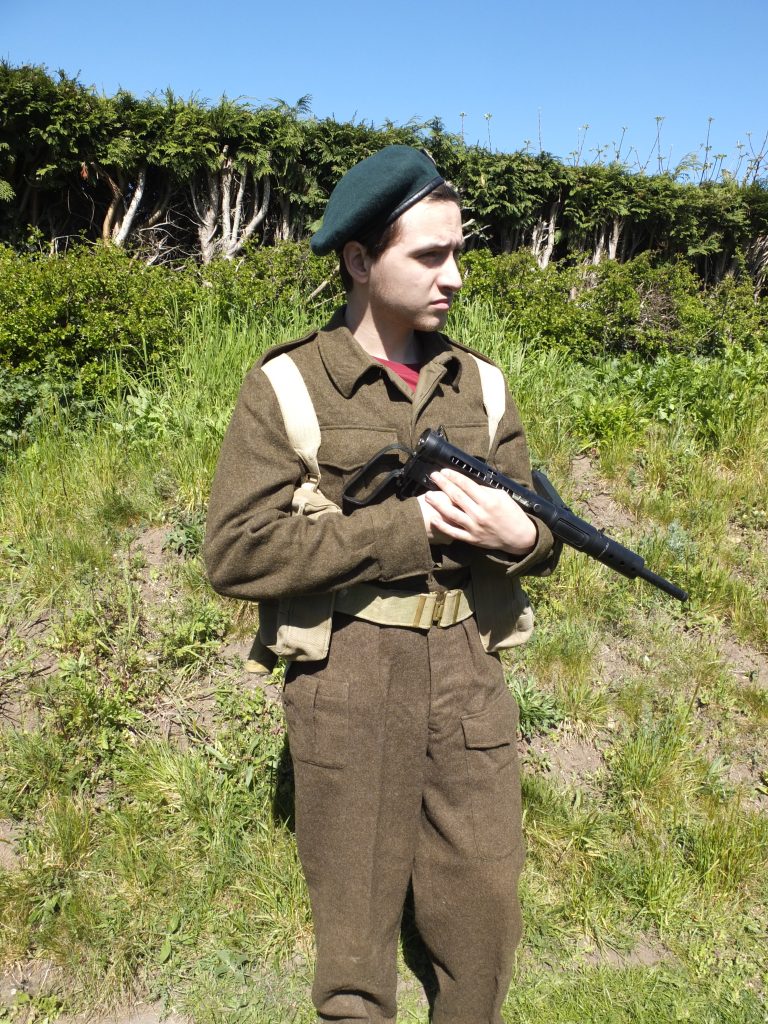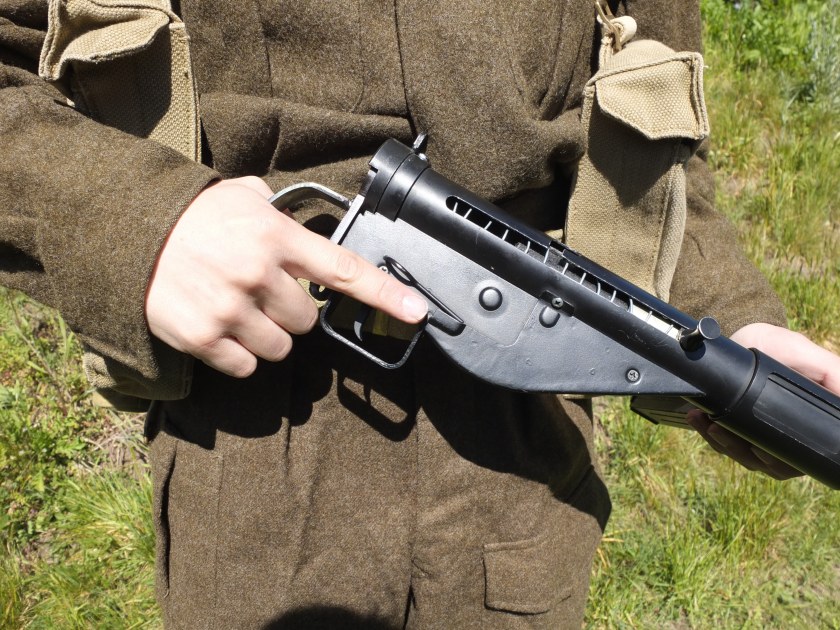The DeLisle carbine was born of a need, usually by special forces units, to dispatch enemy soldiers quietly. This came from the rise of raiding tactics used by British forces against Fortress Europe, the only way that precision strikes could be made against German targets.
Although large-scale raids did occur, many were smaller scale and undertaken by the newly formed Commandos and Parachute units. Taking out one or two sentries discretely before moving up to the target would allow soldiers to get much closer to their objective before the main, noisy assault. 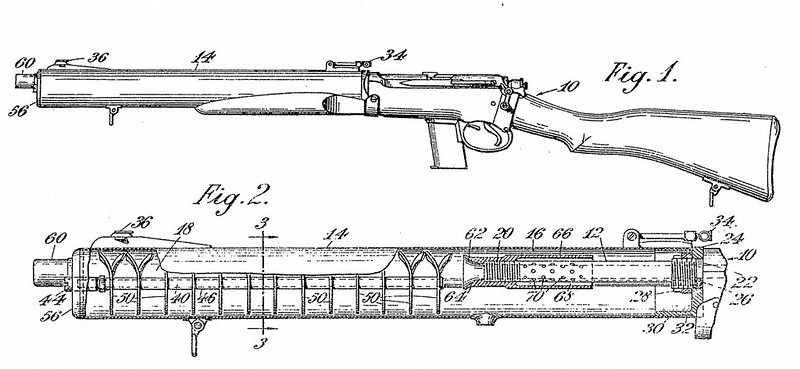
The carbine itself was the lovechild of an SMLE, (receiver and furniture) a 1911 (magazine) and a Maxim style suppressor. The reason for its near legendary status as one of the quietest arms ever made is that every aspect of it was either chosen for its quietness or modified to achieve it:
- The ammunition: .45ACP is a subsonic cartridge. This means that, never breaking the sound barrier, it does not have a sonic ‘crack’. A quiet ‘whizz’ is easily drowned out by ambient noise.
- The SMLE has very few ‘clicky’ parts already. The safety is already silent, the cock on close action means there is a fairly quiet slide into battery. The bolt was baffled so that when opened it would not make a loud clack. For when it was being closed the bolt handle had a baffle so it wouldn’t clack against the receiver band.
- The suppressor is huge. Much, much bigger than you could reasonably carry on a pistol. It also proved very effective at catching and slowing gasses down before getting rid of them at a low enough pressure to reduce the noise massively.
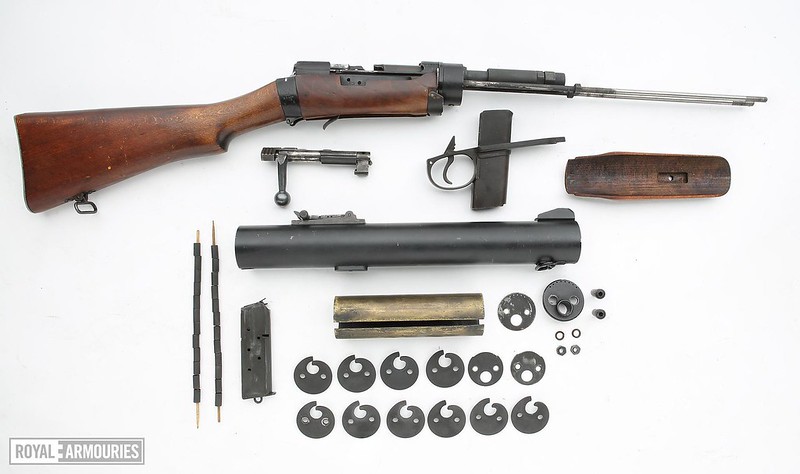
It is known that the DeLisle was issued to and tested by Combined Operations (who ran the Commando type raids) in the field, but finding solid accounts of their use during WWII in Europe is pretty tricky. The only account I have found so far is one by a Jedburgh Commander who says that one was used to successfully dispatch two German officers (1944). 
Other more substantial accounts outlining more specific details of their use have been recorded in the Far East against the Japanese and during the Malayan Emergency. They point to it being used very much as a psychological weapon, taking out individuals during ambushes at night or on roads during the day, killing one or two men in a lorry. Being almost silent, the Japanese involved struggled to know they had been fired upon and even more-so where from.

Similarly it was deployed against bandits and terrorists in Malaya, allegedly by plantation operators. One man caught out alone in the fields had a significant advantage when he could fire on a group of hostile enemy without giving his position away. Just a couple of men so armed would have a significant force multiplying effect.
Just before I wrap up, the folding stock ‘Para’ version does deserve a mention. Originally, these were supposed to make up 50 items of the order, but it looks as though they were left until last. As a result, when the order was cancelled there was only this sample produced as far as we know.

And in case you are not familiar with the Vintage Airsoft format by now… I will be building a De Lisle carbine! This build will be VSR based, using my new MkII magwell and almost certainly making use of my lovely ‘new’ mill (more to follow on that when it arrives!).

You will be able to follow the build progress here as it is published.
If you are interested in this project or have an idea of your own, drop us a line on enquiries.vintageairsoft@gmail.com to discuss. ‘Like’ our Facebook page or follow the blog to get regular updates on projects and interesting videos and articles.
Don’t forget you can buy our smaller items via Etsy. Our larger items can be found here.
